Rising Cybersecurity Threats
The increasing frequency and sophistication of cyberattacks has heightened the demand for robust security measures, thereby propelling the Passive Authentication Market. Organizations are increasingly recognizing that traditional authentication methods may not suffice in the face of evolving threats. As a result, the market is projected to grow at a compound annual growth rate of approximately 20% over the next five years. This growth is driven by the need for solutions that can seamlessly integrate into existing systems while providing enhanced security. The Passive Authentication Market is thus positioned to benefit from this trend, as businesses seek to adopt more advanced, less intrusive methods of user verification that do not compromise user experience.
Growing Regulatory Requirements
The evolving landscape of regulatory requirements surrounding data protection and privacy is influencing the Passive Authentication Market. Organizations are increasingly compelled to comply with stringent regulations, such as the General Data Protection Regulation (GDPR) and the California Consumer Privacy Act (CCPA). These regulations necessitate the implementation of secure authentication methods to protect user data and maintain compliance. As a result, the market is projected to grow at a rate of approximately 15% annually, as businesses seek solutions that not only enhance security but also ensure adherence to legal standards. This trend highlights the critical role of the Passive Authentication Market in helping organizations navigate complex regulatory environments.
Increased Adoption of Remote Work
The shift towards remote work has necessitated the implementation of more secure authentication methods, which has positively impacted the Passive Authentication Market. As organizations adapt to a distributed workforce, the need for secure access to sensitive information has become paramount. This trend has led to a surge in the adoption of passive authentication solutions, which allow for continuous user verification without interrupting workflow. The market is expected to expand significantly, with estimates suggesting a growth rate of around 18% annually. This growth reflects the increasing reliance on technology to facilitate remote operations while ensuring security, thus reinforcing the relevance of the Passive Authentication Market.
Advancements in Biometric Technologies
Technological advancements in biometric authentication methods are driving innovation within the Passive Authentication Market. The integration of biometric data, such as facial recognition and fingerprint scanning, into passive authentication systems enhances security while maintaining user convenience. As biometric technologies become more sophisticated and accessible, organizations are more likely to adopt these solutions to protect sensitive data. The market is anticipated to witness a growth trajectory of approximately 22% over the next few years, as businesses recognize the potential of biometrics to streamline authentication processes. This trend underscores the importance of the Passive Authentication Market in providing secure, user-friendly solutions that align with modern security needs.
Emphasis on User-Centric Security Solutions
The focus on user-centric security solutions is reshaping the Passive Authentication Market. Organizations are increasingly prioritizing user experience alongside security, recognizing that overly complex authentication processes can lead to user frustration and disengagement. Passive authentication methods, which allow for seamless verification without user intervention, are gaining traction as a result. This shift is expected to drive market growth at a rate of around 19% over the next few years, as businesses strive to balance security needs with user satisfaction. The emphasis on user-centric solutions underscores the evolving nature of the Passive Authentication Market, where convenience and security must coexist.
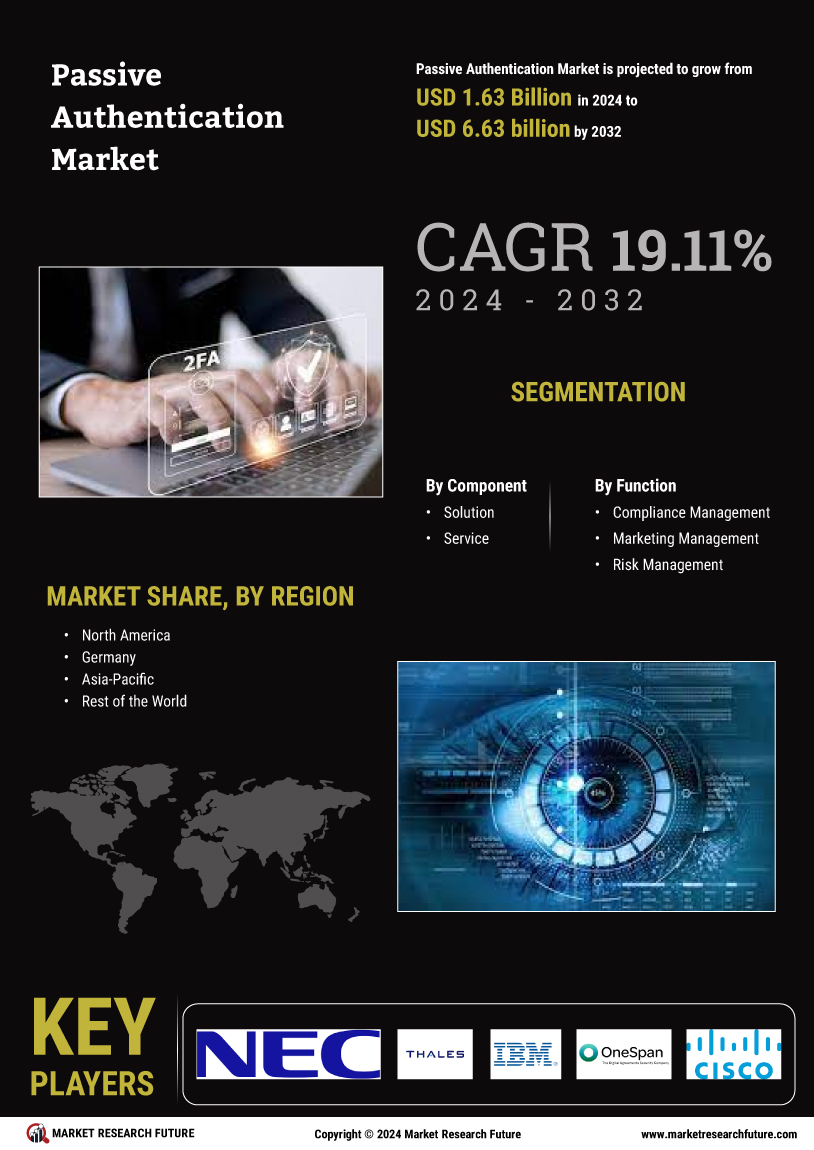

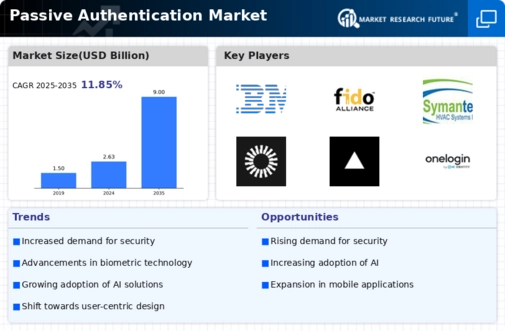
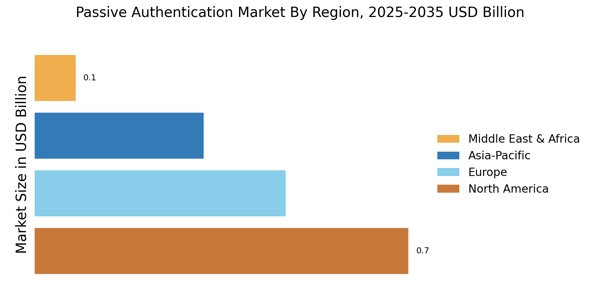


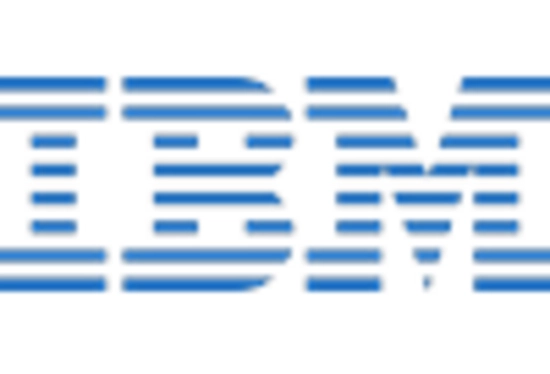
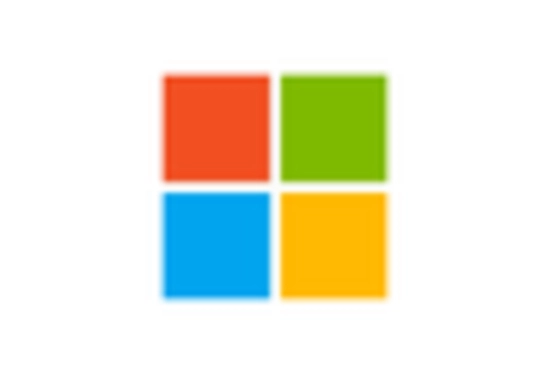

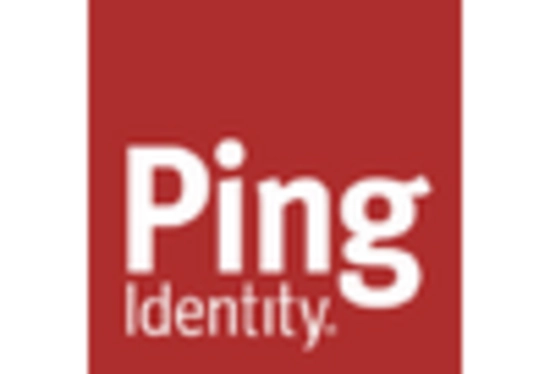








Leave a Comment